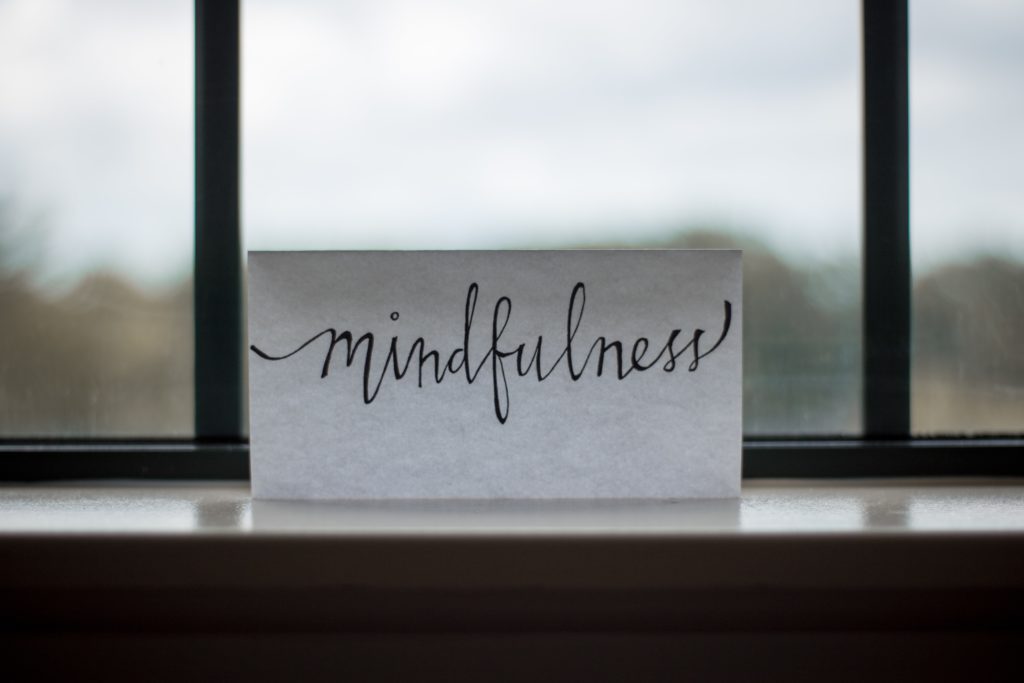get it now
free
Weight Loss Boosters Guide & Worksheet
This guide to 13 weight loss hacks is a single source for strategies to help you lose the last nagging 10 pounds or to get you started with insider knowledge about scientifically proven ways to lose weight (many you may not have heard before). You will feel empowered with the right information to help you reach your weight loss goal!
I help busy women lose weight and increase their energy so that they can do more fun things in life.
HI, I'M KRISTINE
DOWNLOAD MY FREE RECIPE BOOK
Need to lose weight? Grab this free recipe book to get you started!
DOWNLOAD FREE 10 WAYS
TO EXERCISE WITHOUT A GYM
Having trouble getting to the gym? Grab this free guide to help you get started exercising today!

Understanding Perimenopause and Menopause
This article is intended to provide you with some important information about perimenopause and menopause, so that you are empowered when you enter this time in your life. When I was going through these life changes, I noticed that there were few resources available to me. The good news is that Information availability on this topic has certainly improved in the past several years. To make it easier for you, I consolidated what I believe to be the most common questions that arise during this time of transition.

What are the phases of menopause?
Perimenopause. Let’s start with perimenopause, which is time that precedes menopause. Peri means about or around. This is the time when your body is starting its transition to menopause (when your menstrual cycle ceases for 12 months). During perimenopause, your ovaries begin producing less estrogen in preparation for no longer releasing eggs.
The decrease in estrogen typically results in various symptoms including irregular periods, vaginal dryness, or hot flashes. This generally begins in your mid-30s to as late as your mid- 50s.1 This time can be relatively short or last for several years. The average length of perimenopause is about 4 years and generally starts 10 years before menopause.1
Menopause. Menopause begins (and is determined retrospectively)6 once you do not have a menstrual cycle for at least twelve full months. Basically, you won’t know that you were officially in menopause until you have gone twelve months without having a period.
Post-menopause is referred to as the stage after the twelve full months of not having a menstrual cycle and it lasts until the end of our lives. You can view it as month thirteen without a period and beyond.
This is a magical time in a woman’s life…wait what? Magical? You say, no, I don’t think so. Well, I am here to tell you that it is. Why? Because scientists believe that women may have evolved to protect themselves from excess estrogen exposure which can increase a woman’s risk of cancer.2,3 It is believed to be our bodies way of protecting itself especially as we are living longer.

What are the typical symptoms during perimenopause and menopause?
Well, let’s look at what symptoms that are common during perimenopause, menopause, and post-menopause.5 They may include some or all the symptoms noted below.
- Irregular periods (perimenopause)
- Cessation of periods for 12 months (menopause)
- Vaginal dryness or uncomfortable sex
- Hot/Cold flashes (excessive warmth that spreads usually across the upper body, which can be followed by feeling chilled)
- Night sweats
- Urinary urgency
- Sleeplessness
- Emotional changes (irritability, mood swings, mild depression).
- Dry skin, dry eyes, or dry mouth.
- People who are still in (perimenopause) may also experience:
- Breast tenderness.
- Worsening of premenstrual syndrome (PMS).
- Irregular periods or skipping periods.
- Periods that are heavier or lighter than usual.
- Some people might also experience racing heart, headaches, joint and muscle aches and pains, changes in libido (sex drive), difficulty concentrating, memory lapses (often temporary), weight gain or hair loss or thinning.
The cause of many of these symptoms, is believed to be the hormonal fluctuations that occur as estrogen decreases. This change is thought to throw off our balance with progesterone and other hormones. As an example, a common symptom, hot flashes, are believed to occur when decreased estrogen levels cause your body’s thermostat (hypothalamus) to become more sensitive to changes in body temperature. When the hypothalamus thinks your body is too warm, it signals the body to produce a hot flash to cool you down.4
The good news is that once a woman enters the post-menopause phase, symptoms like hot flashes tend to get milder or go away for most women.7



In the meantime, what can you do to reduce the severity of symptoms?
Hormone therapy could be a solution although healthcare providers often recommend only using it for a short period of time and in women under the age of 60. Risks associated with hormones include blood clots and stroke.7 You should check with your doctor if you want to explore this option.
Regular exercise and meditation can help with depression and other mood related symptoms as well as improve memory.7
Weight bearing exercise reduces bone density loss.9 Estimates are that the body loses about 3%-8% of its muscle mass each decade starting in our 30s with an accelerated loss over age 60.10
Mental stimulation such as crossword puzzles, learning a new skill or reading can also improve concentration and temporary memory lapse symptoms.7
Avoiding Triggers such as caffeine, spicy foods, alcohol, tight clothing, smoking, stress, and hot weather can help reduce the frequency of hot flashes.7
Nutrition including eating a diet rich in phytoestrogens (plant-based sources of estrogen like soybeans), whole-grains, flaxseed, chickpeas, and legumes. See my article “Nutrition Strategies for Menopause Symptom Relief” for my list of specific foods and strategies that have been shown to help with menopause symptoms.
Support Groups can be a huge help emotionally as we connect with other women who are experiencing many of the same things as we are.7
Weight Loss for obese women (BMI of 30 or higher) can help reduce the frequency of hot flashes.4,8
Good Sleep Hygiene including setting the temperature lower at night, an evening bath, or setting up a wind down routine before bedtime can improve sleep.
As you can see there are many lifestyle and healthcare interventions available to women to support us as we go through this transition from perimenopause to menopause to post-menopause.
References:
- https://my.clevelandclinic.org/health/diseases/21608-perimenopause
- https://pubmed.ncbi.nlm.nih.gov/21477610/
- https://my.clevelandclinic.org/health/articles/16979-estrogen–hormones
- https://www.mayoclinic.org/diseases-conditions/hot-flashes/symptoms-causes/syc-20352790
- https://my.clevelandclinic.org/health/diseases/21841-menopause
- https://www.ncbi.nlm.nih.gov/books/NBK560840/
- https://my.clevelandclinic.org/health/diseases/21837-postmenopause
- https://www.cdc.gov/obesity/basics/adult-defining.html
- https://www.ncbi.nlm.nih.gov/pmc/articles/PMC6323511/
- https://www.ncbi.nlm.nih.gov/pmc/articles/PMC2804956/
Leave a Reply Cancel reply
ABOUT
connect with me
contact
Disclaimer: The information on this website is for educational purposes only. It is not medical nor professional advice. Please consult your doctor or other health professional before implementing any information found on this website. Click here to view the full disclaimer in our terms and conditions of use policy.
leave a comment